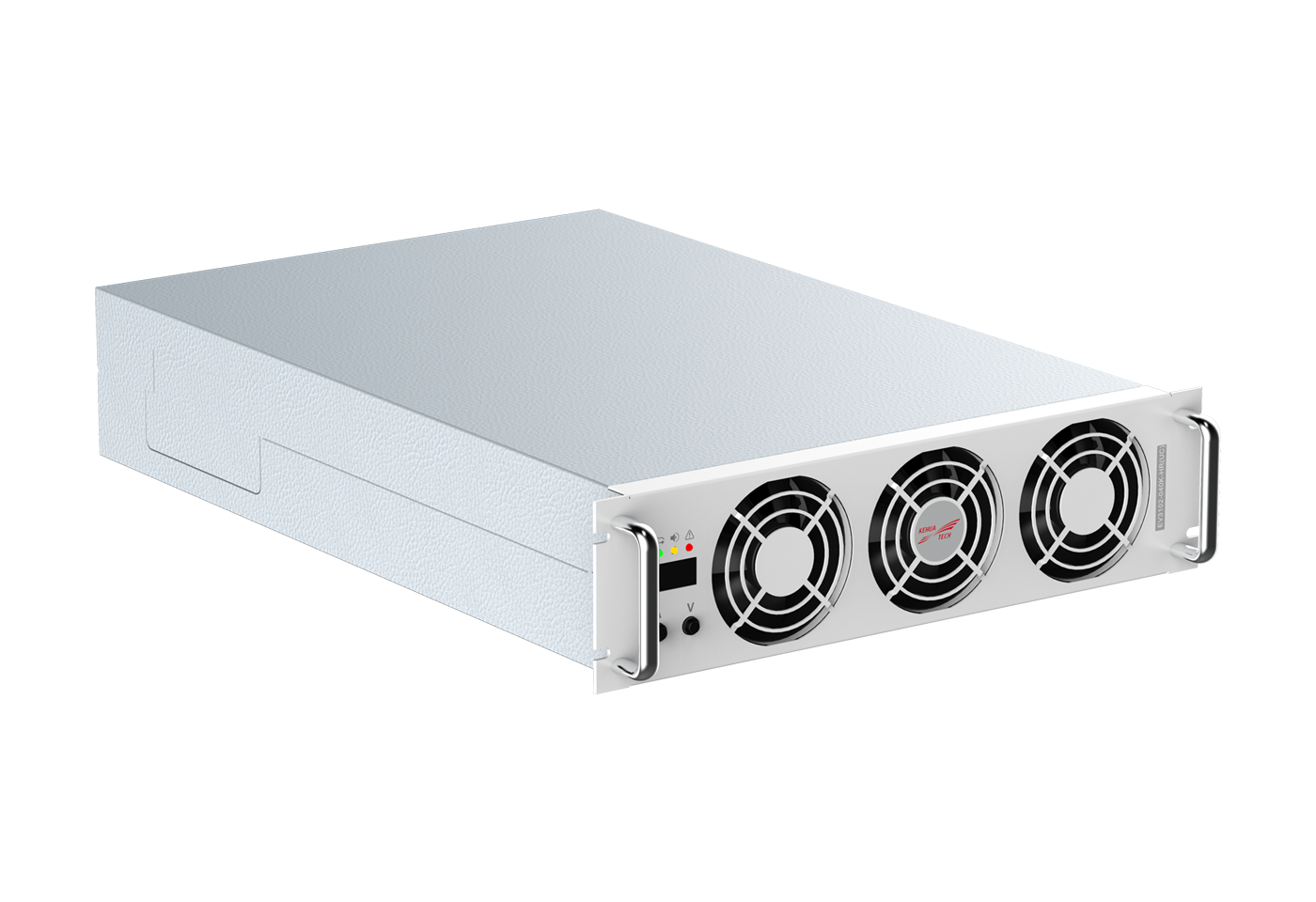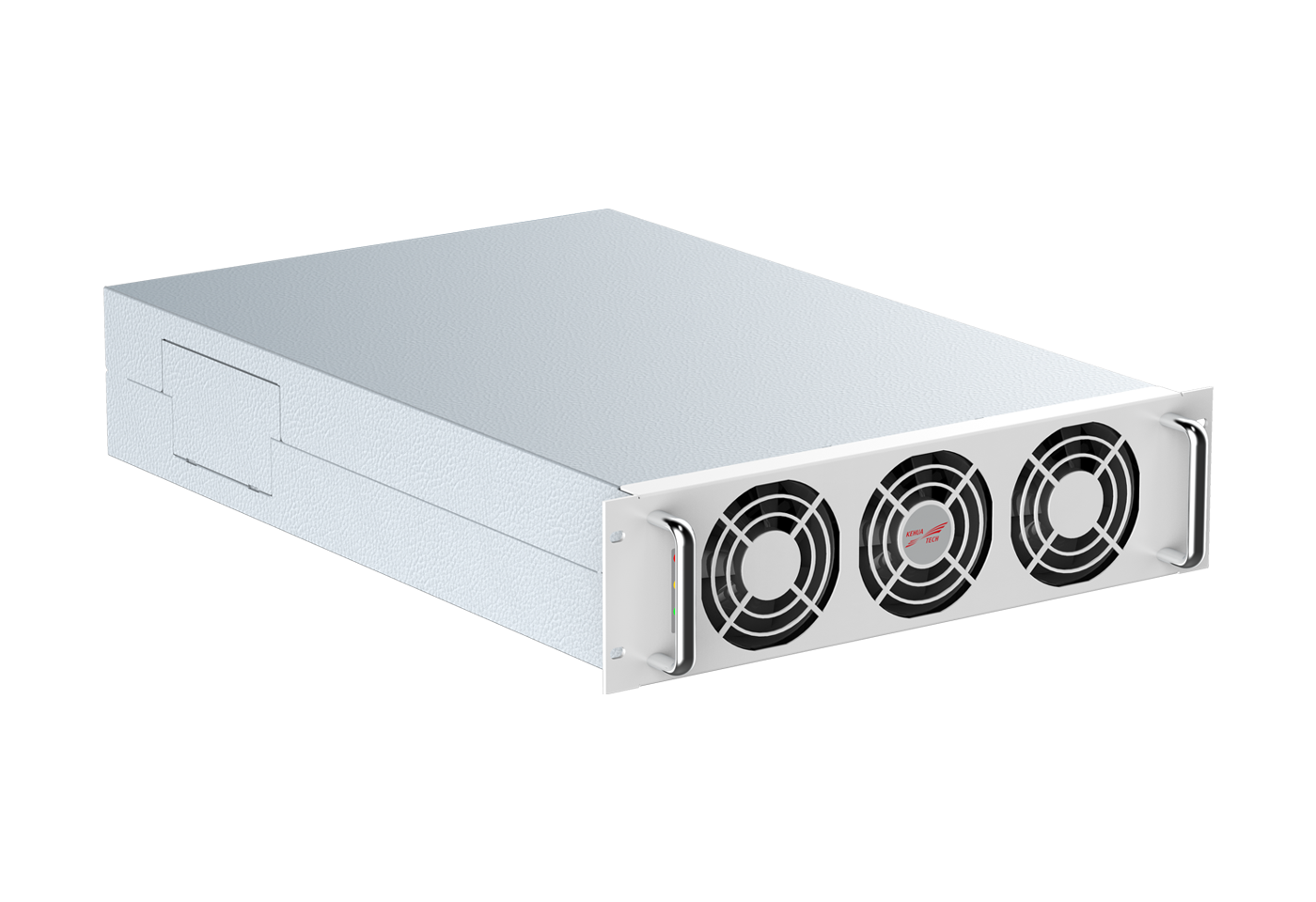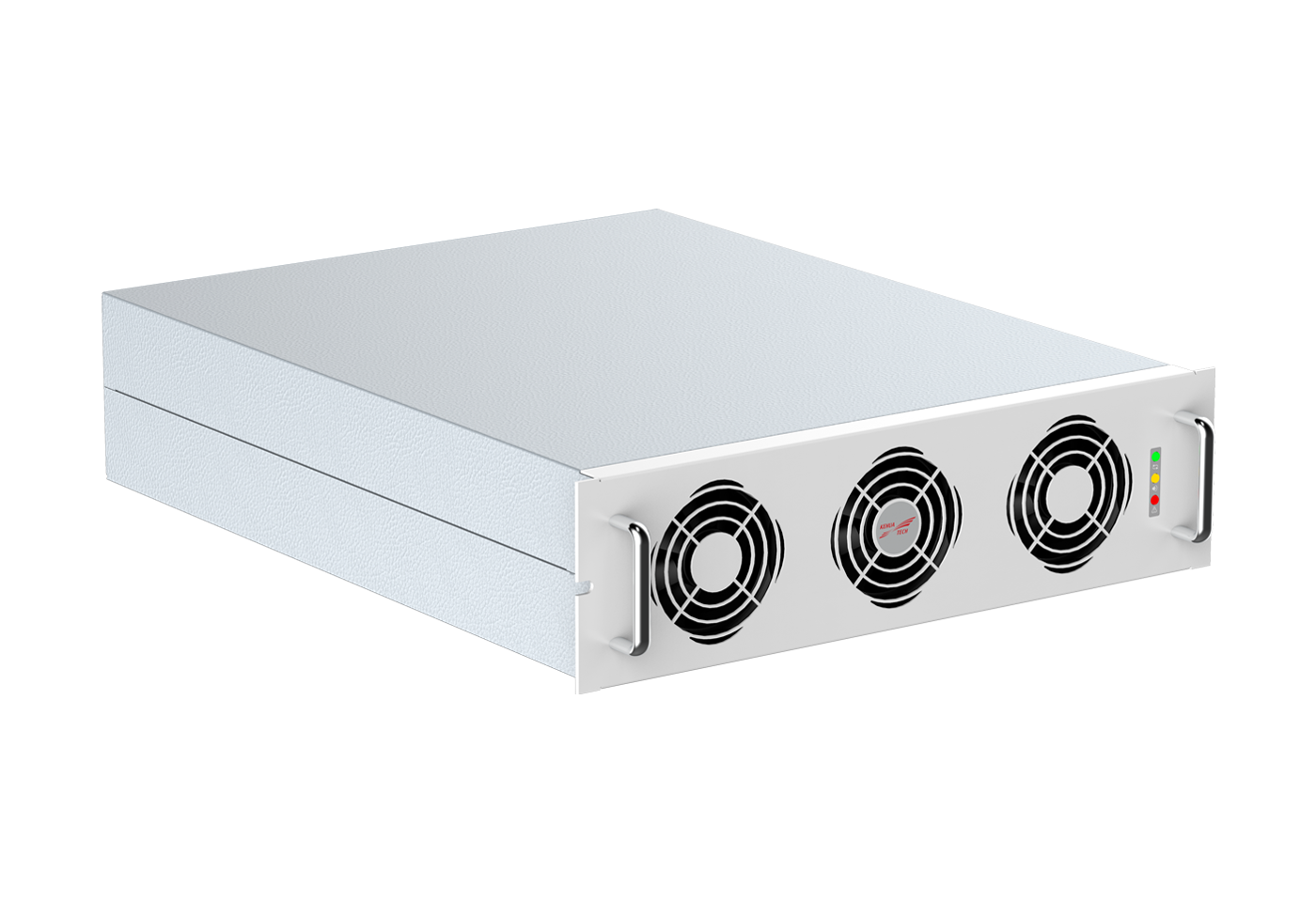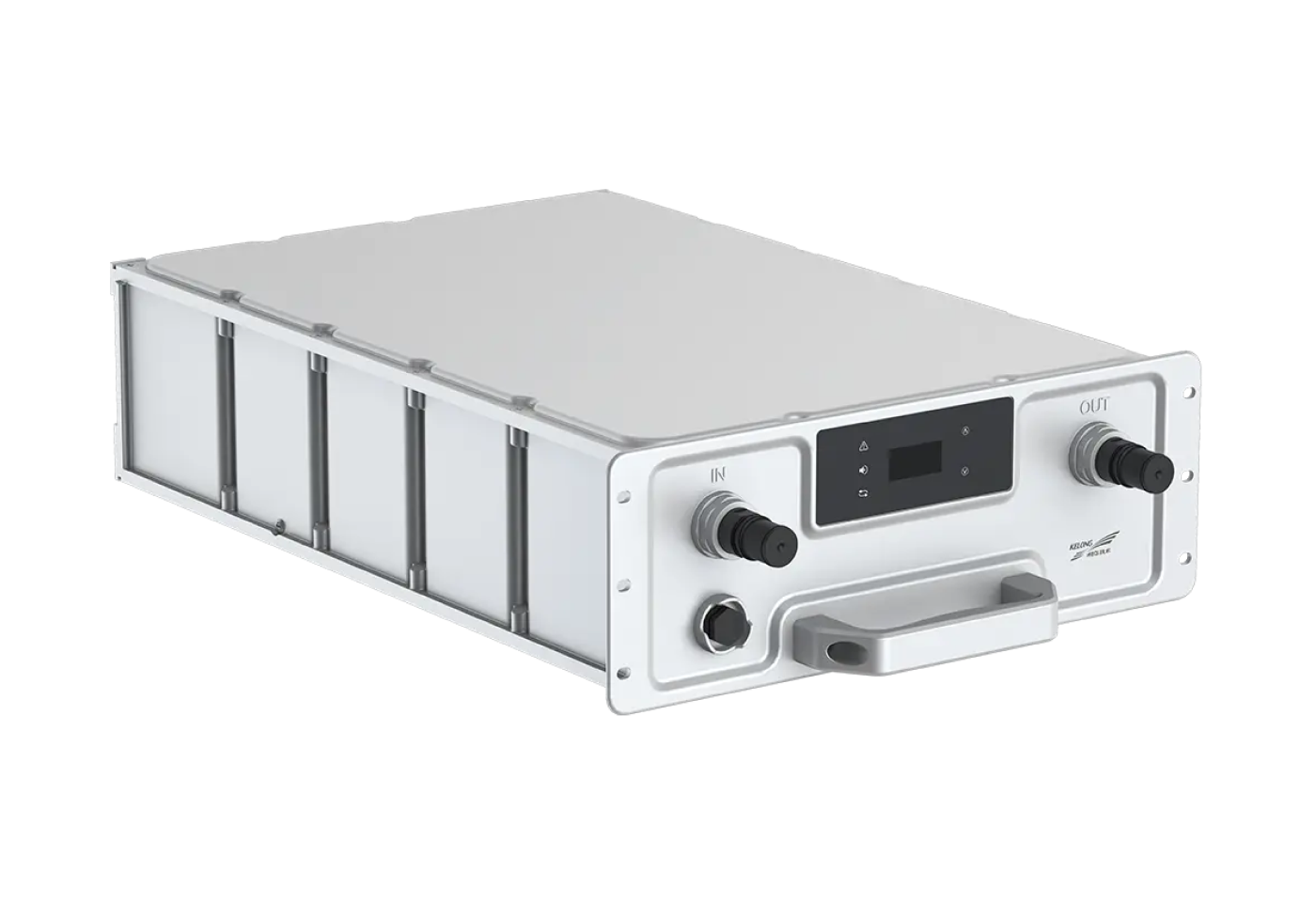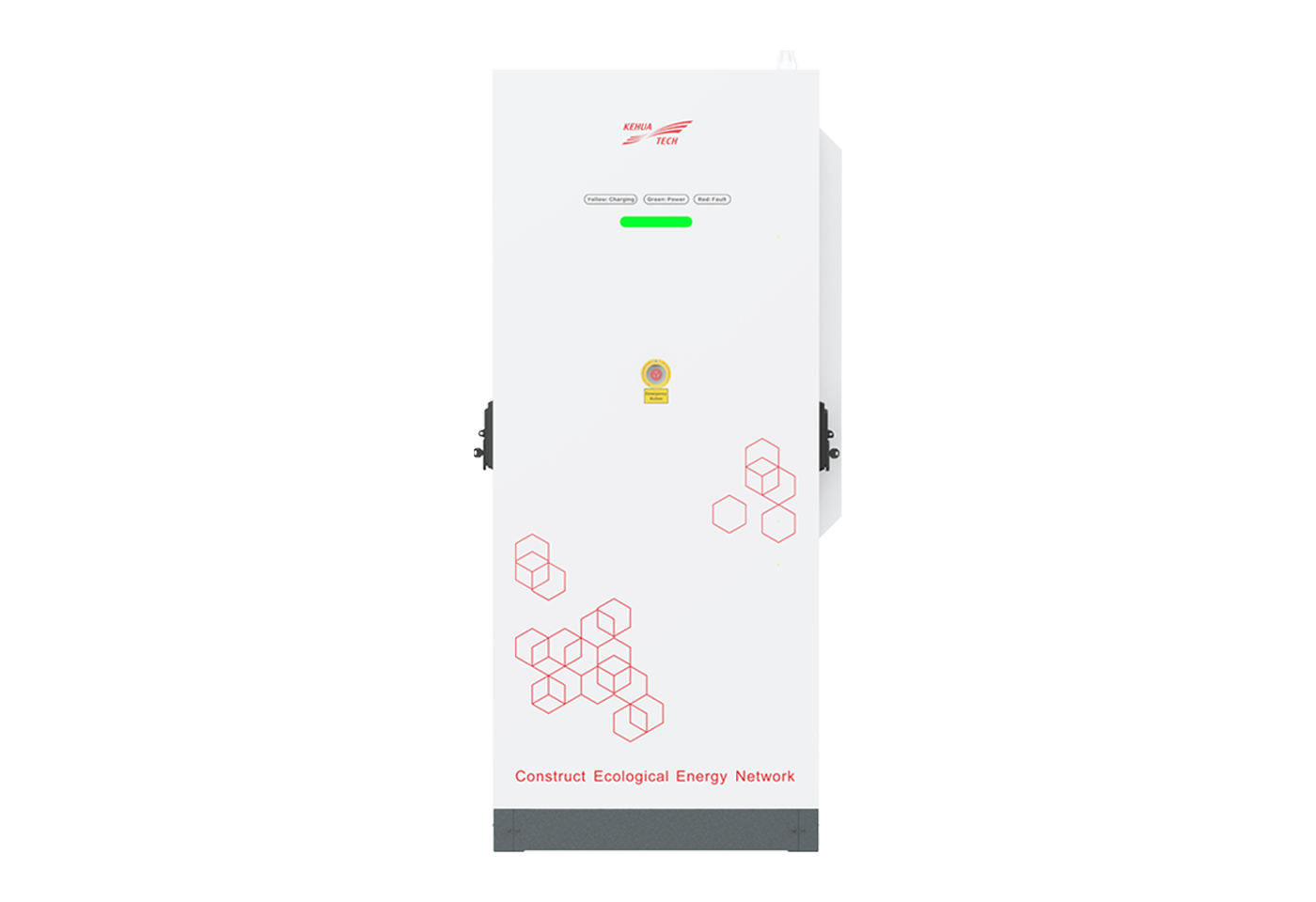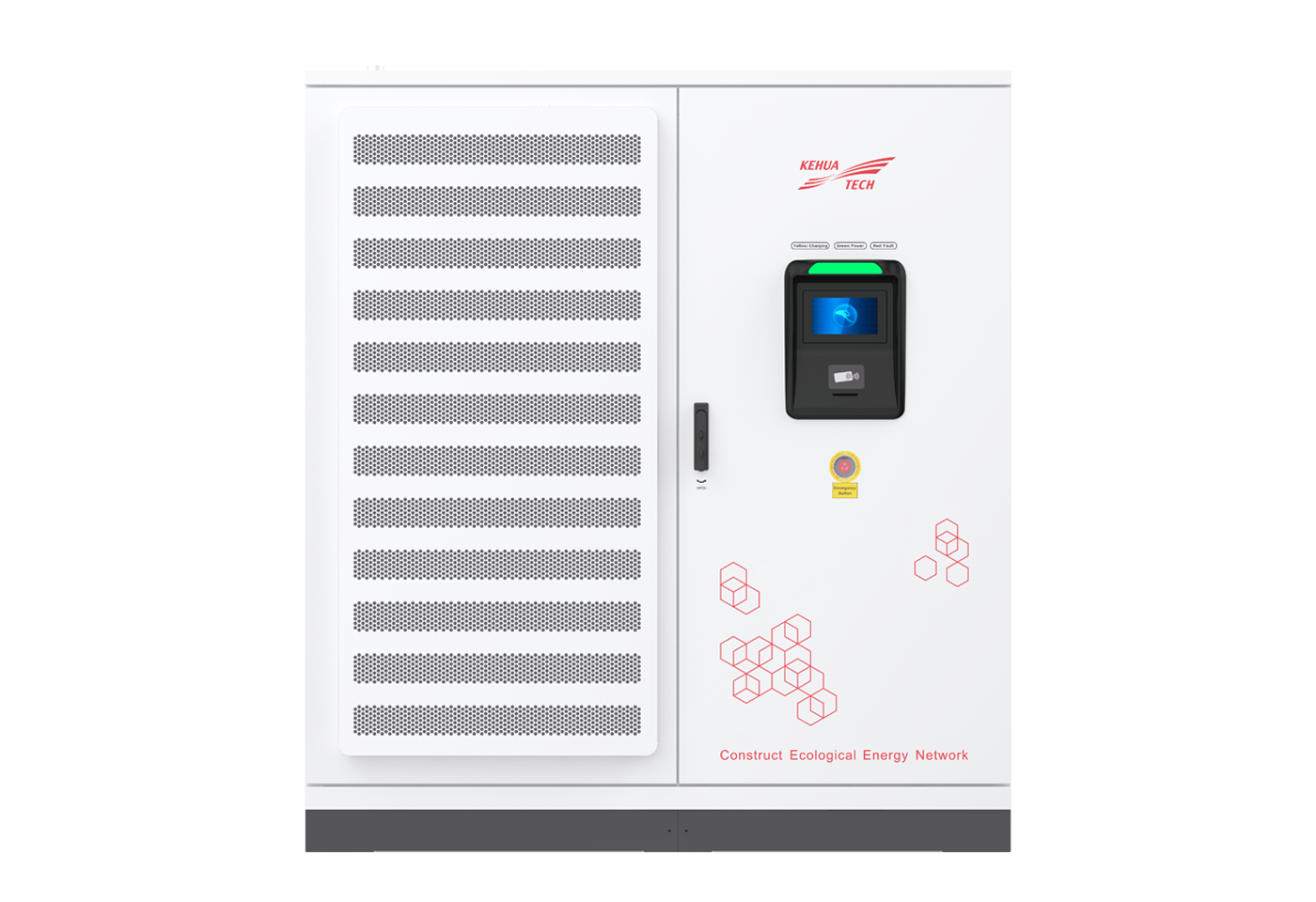Global Market Landscape and Development Trends
As the global transportation sector accelerates its electrification process, electric buses are emerging as a key force driving the green transition of public transit. Over the past few years, sales of electric buses have steadily increased, with China, Europe, and the United States forming the three core markets shaping global growth.
According to the IEA Global EV Outlook 2025, Sustainable Bus, and IMARC statistics, China remains the world’s largest electric bus market, adding tens of thousands of units each year. Europe, fueled by public funding and green policies, is expanding rapidly, while the U.S. market is gradually taking shape under clean energy subsidies.
Historically, China has consistently led the market. In 2020, China sold 57,000 electric buses. After several years of decline, sales rebounded in 2024, reflecting that fully electrified cities are now entering the vehicle replacement cycle. Europe, though a late starter, is experiencing remarkable growth—from 3,000 units in 2020 to 10,000 units in 2024, representing a CAGR of 35.1%. The U.S. reached 4,000 units in 2023, while Latin America is also beginning to scale, surpassing 2,000 annual sales.
| Year | China | Europe | United States | Latin America |
| 2020 | 57,000 | 3,000 | 1,000 | 1,000 |
| 2021 | 43,000 | 4,000 | 1,000 | - |
| 2022 | 45,000 | 5,000 | 1,000 | 1,000 |
| 2023 | 33,000 | 8,000 | 4,000 | 2,000 |
| 2024 | 48,000 | 10,000 | 2,000 | 2,000 |
Electric Bus Sales by Region (Units, 2020–2024):
Globally, the municipal bus fleet is currently about 3.4 million vehicles, contributing less than 1% of global road transport emissions. However, electrification is rapidly accelerating. BloombergNEF’s EV Outlook 2024 projects that electric buses will make up over 60% of sales by 2030, 83% by 2040, and 86% by 2050, achieving near-complete replacement. Analysts believe the sector is largely on track, requiring only modest additional policy support to reach 100% zero emissions by 2050. Meanwhile, ING forecasts that by 2030, Europe will have around 200,000 zero-emission buses in operation.
Mainstream Electric Bus Models
The progress of electric buses is not only reflected in sales volumes but also in the maturity of technology platforms. Today’s mainstream models typically feature 300–600 kWh battery capacity and operate on 600–750 V platforms, supporting high-power fast charging to meet quick turnaround needs during service intervals.
Region Brand Model Battery Capacity Voltage Platform
| Region | Brand | Model | Batttery Capacity | Voltage Platform |
| China | Yutong | U11DD | 385–442 kWh | 600–750 V |
| China | BYD | K9 | 324 kWh | 600–750 V |
| China | Zhongtong | V60 Mini Bus | Not disclosed | 600–750 V |
| Europe | Mercedes-Benz | eCitaro | 300–400 kWh | 600–750 V |
| Europe | Iveco | E-Way | 300–400 kWh | 600–750 V |
| Europe | VDL | Citea | 300–400 kWh | 600–750 V |
| U.S. | Proterra | ZX5 | Up to 660 kWh | 600–750 V |
| U.S. | New Flyer | Xcelsior CHARGE | 300–500 kWh | 600–750 V |
| South Korea | Hyundai | Elec City | 256 kWh | 600–750 V |
| South Korea | Woojin Apollo | Apollo EV | 300–400 kWh | 600–750 V |
With this battery and voltage combination, electric buses typically achieve a 200–350 km range on a full charge, sufficient for most daily urban transit operations.
Bottlenecks and Challenges in E-bus Charging
Despite rapid development, charging difficulties remain a critical bottleneck limiting efficient operations, particularly due to day-and-night charging demand differences:
Daytime: Buses must maintain high-frequency departures, with extremely limited dwell time, and charging is usually restricted to no more than 30 minutes.Without high-power fast charging, vehicles cannot be recharged quickly enough, directly impacting route reliability. Thus, daytime charging depends heavily on ultra-fast charging solutions.
Nighttime: A large number of buses return to the depot simultaneously, and all vehicles need to complete their overnight charging at the charging station. Insufficient charging points or poor power allocation can cause queuing or incomplete charging, disrupting next-day operations. The overnight priority is balanced power distribution to ensure every vehicle is fully charged.
In short: Daytime = fast and concentrated, Nighttime = balanced and comprehensive. Meeting both requirements simultaneously is the core challenge for electric bus charging infrastructure.
Kehua’s Solution
To tackle the dual challenge of day-and-night charging, Shenzhen Kehua has introduced a comprehensive solution built on power unit featured flexible power allocation. This approach balances rapid single-vehicle charging with large-scale overnight E-bus fleet charging, enhancing efficiency, reliability, and operational flexibility.
Dynamic Power Distribution
Daytime fast charging: During vehicle operation intervals, individual buses can be charged at maximum power to quickly replenish their battery within a limited time, ensuring continuous operational capability.
Overnight balanced charging: Dynamically allocates power across multiple e-buses, preventing idle modules and ensuring every bus is fully charged before morning.
Smart Switching Between Power and Efficiency Optimization
Efficiency-optimized mode: Activates when fewer buses are charging, improving system efficiency by about 0.7% compared to conventional mode.
Power-optimized mode: Engages during peak fleet charging overnight, dynamically allocating power and improving module utilization by up to 30% versus first-come-first-serve modes.
Balanced Operation of Charging Modules
The power unit monitors the operating hours of each charging module and prioritizes those with shorter usage times, ensuring an even distribution of workload across all modules. This prevents premature aging or failure of individual modules, extends the overall system lifespan, and reduces total lifecycle maintenance costs.
Safety and Reliability
Equipped with 100+ safety protections, potting-sealed charging modules, unique airflow design, and smart monitoring, ensuring stable performance even in demanding environments.
Easy Maintenance
Features such as charging module address automatic setup and pull-out dust filters enable five-minute serviceability, minimizing downtime.
Electric buses are driving the global transition toward greener public transportation. However, to achieve large-scale, efficient operations, charging infrastructure must first overcome key bottlenecks. Shenzhen Kehua leverages technologies such as flexible allocation and dynamic power distribution to provide bus operators with a comprehensive solution that balances efficiency, safety, and reliability.


